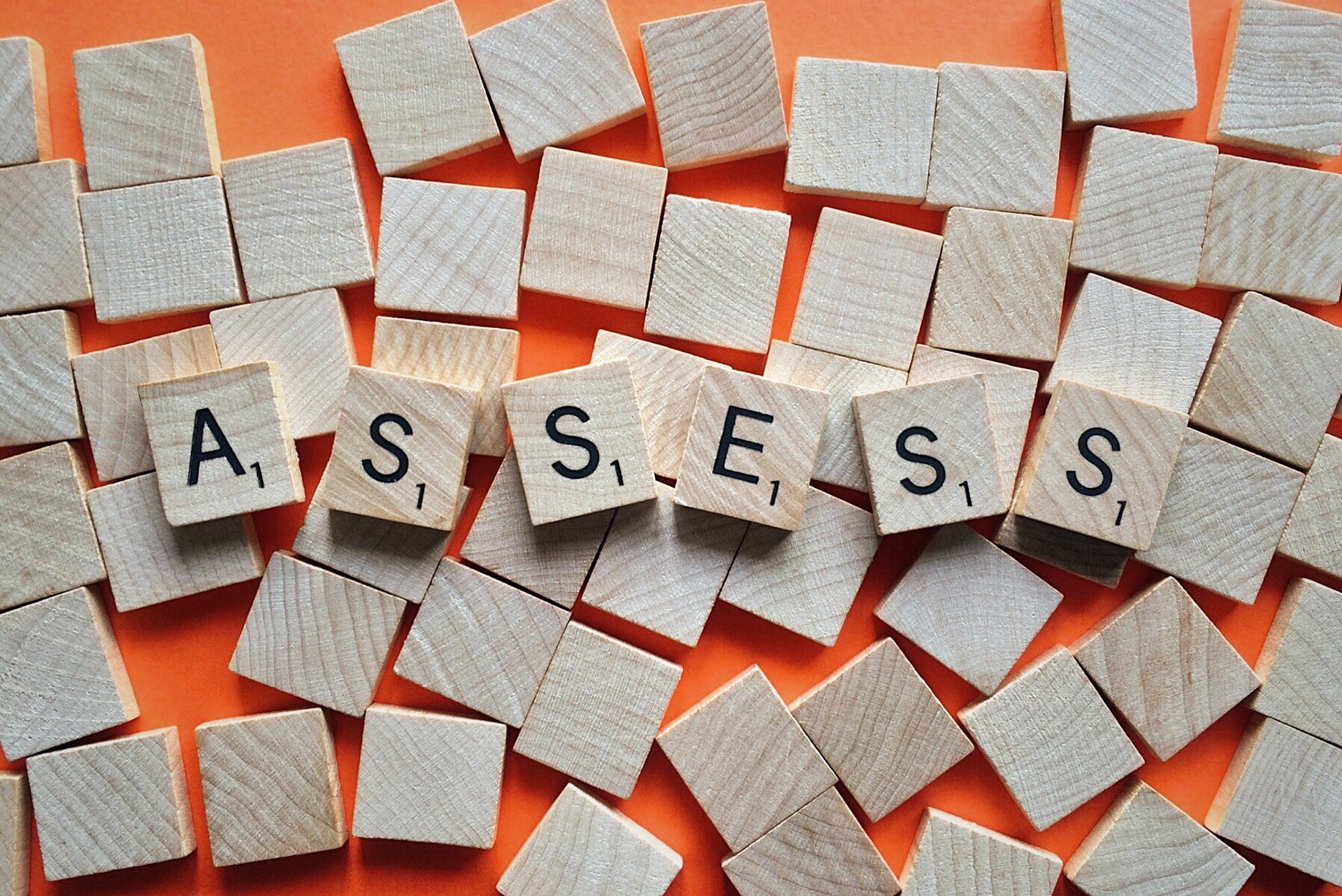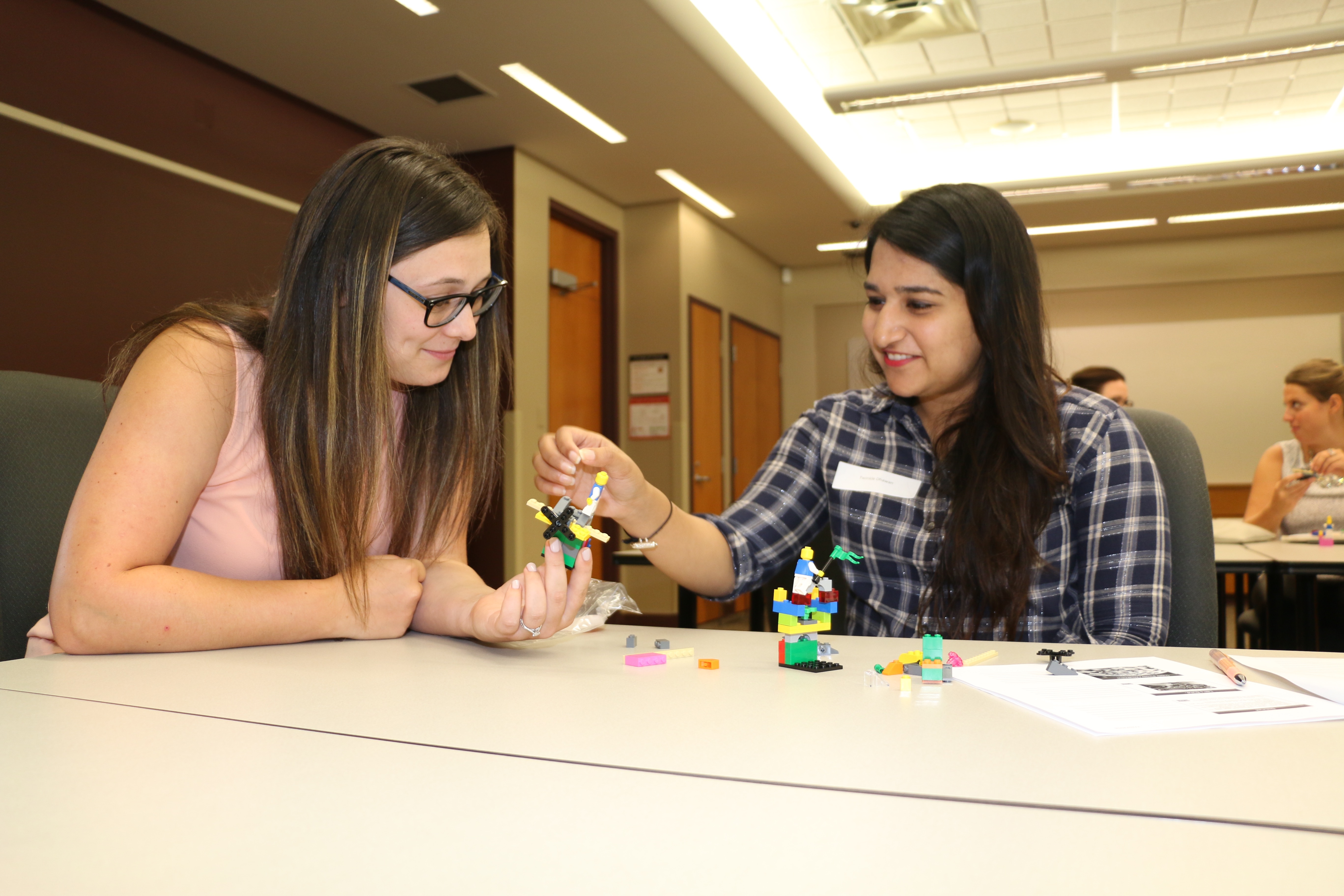
The role of assessment in guided career intervention
June 5, 2019
The power of play
June 5, 2019In turning the assessment lens on myself, I learned more about my own career journey, these tools and how I will use them with my clients
Stephanie Warner

I work primarily with graduate students, who tend to struggle when it comes to identifying future plans, despite their years spent pursuing a specialized field of study. Like all of us, students change over time; their values, interests, skills and ambitions evolve. I use assessments as a tool to help them dive into the exploration process and build self-knowledge.
Three years ago, I was considering my own strengths and priorities as I embarked on a significant career transition. After spending most of my adult life studying and working in scientific research (not always happily), I applied to a job at the University of Calgary’s Career Services office.
In this time, I have learned how to use assessments to help clients in their career exploration. But, I wondered, what might I learn about these tools – and my own career journey – if I applied them to my own life? So, I recently turned the assessment lens on myself, trying out some new tools as well as revisiting my past assessment results with a more practiced eye. Here is what I learned.
CliftonStrengths
This assessment is designed with positive psychology in mind and provides users with their top five talent themes, from a list of 34. It was the first assessment I did when starting as a career advisor, and some theme descriptions didn’t immediately resonate with me (Input, Analytical – Is this test trying to tell me I’m boring and nerdy?). Chances are, I reacted this way because I had previously seen these talents as weaknesses.
Revisiting my results with a colleague reinforced for me the benefits of debriefing with a career practitioner whenever possible. This allows the client to describe the strength in their own words and identify action items they are motivated to address. Using the targeted language of the Strengths Insight Report often resonates more strongly.
VIA Character Strengths
I breezed through this character strengths activity. VIA provides a rank-ordered list of all 24 character strengths, which I appreciated. Once again, I found that my first instinct was to read into the language literally, and had to urge myself to really read the description. For example, “judgment” may sound negative, but the description is “Thinking things through and examining them from all sides; not jumping to conclusions; being able to change one’s mind in light of evidence; weighing all evidence fairly.” Although the descriptions were short, they aligned well with information gleaned from other assessments. I found this congruence satisfying.
Knowdell Card Sorts – Career Values
Values are the core principles that help us answer the question, “what is important to me?” For those who are more tactile, the Knowdell Card Sorts – Career Values cards may be a good option.
This tool evaluated elements that the other assessment tools didn’t directly address: my needs, motivators and purpose. I organized the cards bearing values descriptions into five categories, from “Always Important” to “Never Important.” Discussion around what each value means to me, how I would prioritize it and how it will shape my career decisions was satisfying and empowering. I found helping others and exercising competence make me feel satisfied, while competition is stressful. No wonder I enjoy working with students more than I did competing to publish.
Strong Interest Inventory
Approx. $40 CAD plus certified practitioner time
This assessment seems to really get me and is always a hit with clients. It provides more tangible career options based on one’s pattern of likes and dislikes. My own results fit extremely well with my recent career changes. Reviewing my results with a certified practitioner, I came out as an investigative, social, artistic mix – interests often associated with careers in teaching and university administration. It is important to note that students often find the results surprising if they don’t know what a given career is, or if they have pre-conceived notions about the value or attractiveness of the given occupation.
Myers-Briggs Type Indicator (MBTI)
Approx. $50 CAD plus certified practitioner time
MBTI can be a challenging assessment to interpret with an individual, due to its dichotomous choices. They may initially feel frustrated with what can seem like rigidity at a surface level. I balked at the different results that arose compared to when I had last taken it, at the age of 16. Luckily, this time around I used the MBTI Step II report, which breaks each preference into five facets, and debriefed with a certified career practitioner. My Step II results showed that, for example, my facets were equally distributed between the S and N type, which helped me to relax about which “bin” I was in overall and identify characteristics that resonated with me.
Read more about assessments and training opportunities on CERIC’s CareerWise website:
8 free career assessment tools to help clients find their fit
What has this experience taught me?
In taking these five assessments, I picked up some first-hand experience that will shape conversations with my clients and how I administer assessments to have the most benefit to them. Here are a few of my observations from this experience:
- It’s important to define concrete questions before doing the assessment and revisit them at the end. When I checked in with myself after completing the assessments, I was then able to ask, “did this answer my questions?” and “what will I take forward?” Following this process with my clients allows us to address any unresolved concerns or discuss areas that still aren’t clear from the results.
- First impressions can be hard to overcome. I found myself jumping to conclusions about the language or dismissing certain options based on my previously held beliefs. Having a career practitioner present to ask some key questions (eg, “Tell me more about what this means to you” and “Why do you think this option showed up in your assessment?) allowed me to move past my gut reaction and explore the possibilities.
- Assessments are a great starting point. They provide positive language, opportunities for reflection, even options for careers. Many clients use assessments for self-discovery, but many that I work with also find that the assessments simply validate and reinforce ideas that they already hold about themselves or their prospects. However, they should not be taken as a directive. While most assessments incorporate an opportunity for self-reflection prior to delivering the reported results, the objective, research-based nature of the formal assessment often seems to carry more weight with the client. It is important that the student critically evaluate their results and not just take them at face value.
My results were consistent overall. Together, they painted a more complete picture than any one assessment individually. Using this variety of assessments, I feel more confident about the value of some of my more practical and analytical traits, especially when I can apply them in a people-centred world. The results align better with my current role than my last; I only wish I had invested the time in doing this sooner.
Stephanie Warner holds a BSc in Biochemistry and a PhD in Experimental Medicine from the University of British Columbia. She is now the PhD Career Development Specialist in Career Services at the University of Calgary and also moonlights as a private career consultant and sessional instructor.

